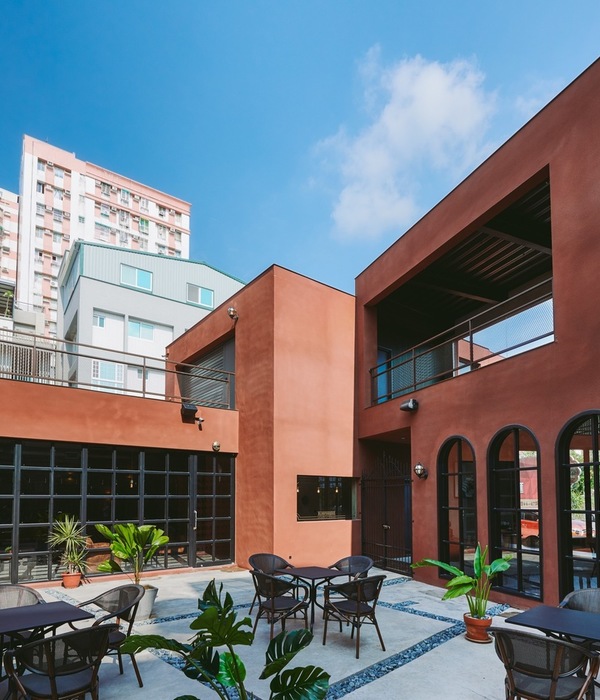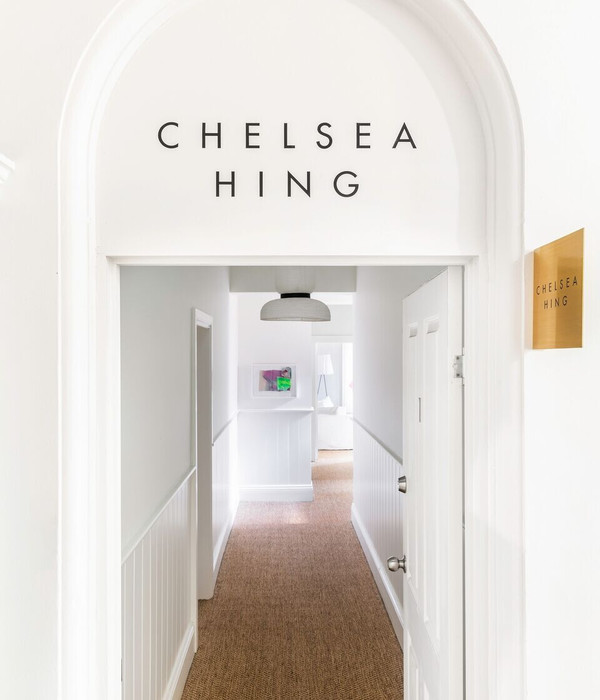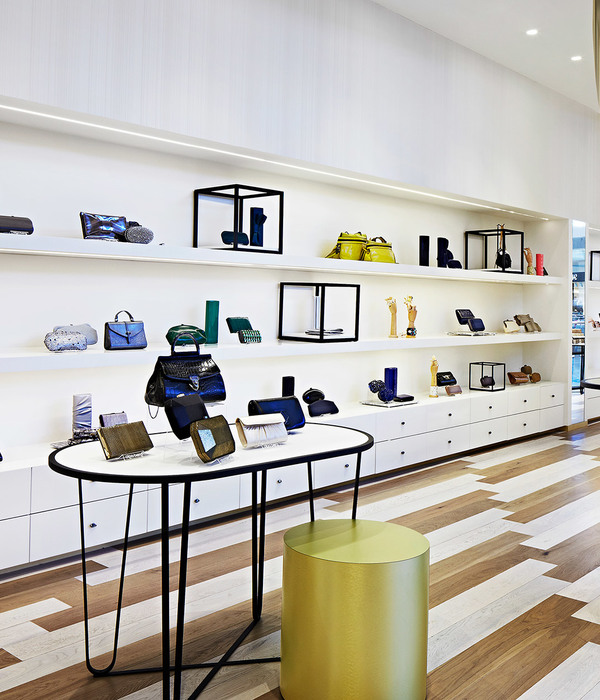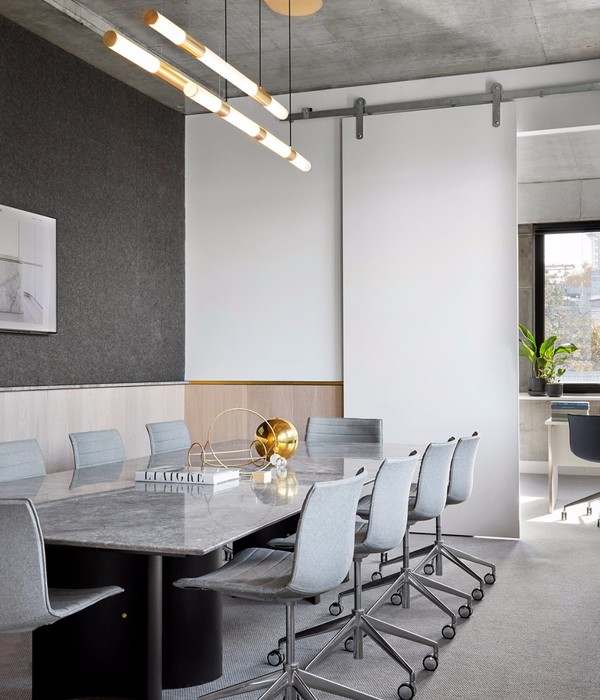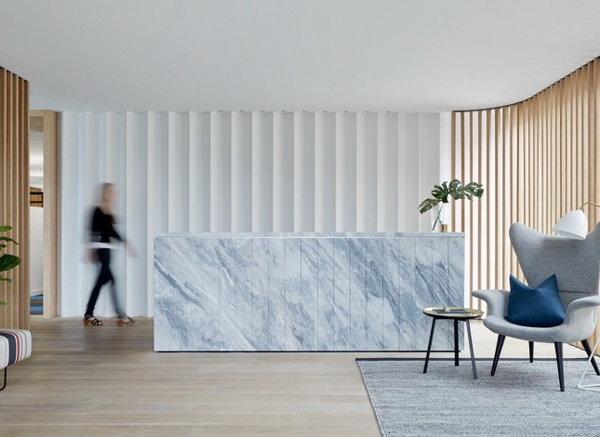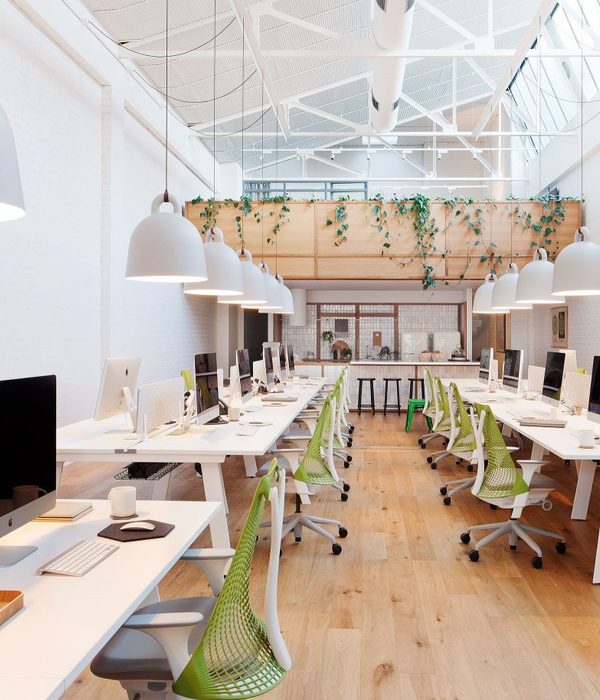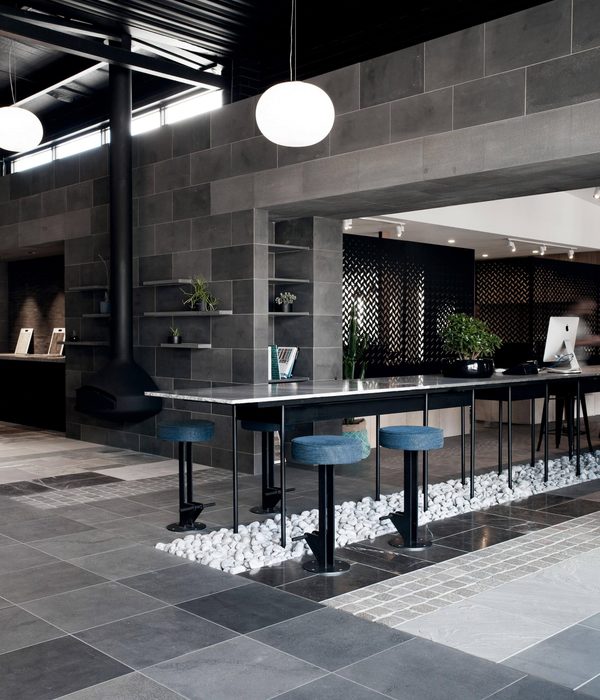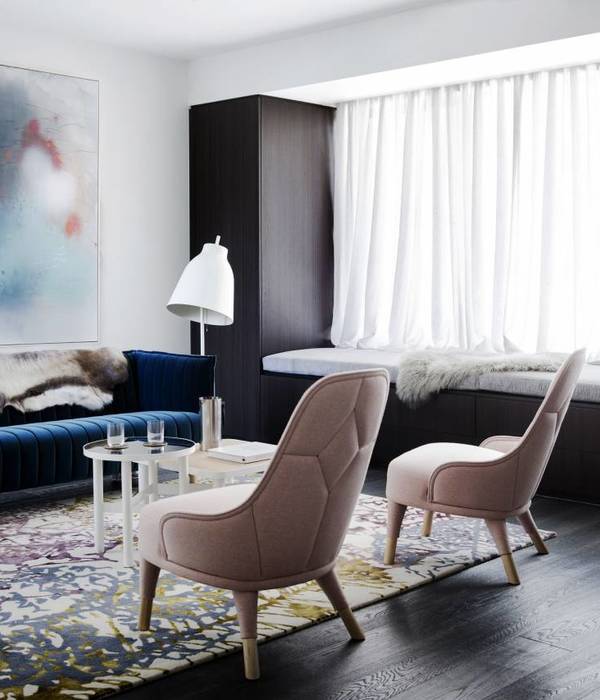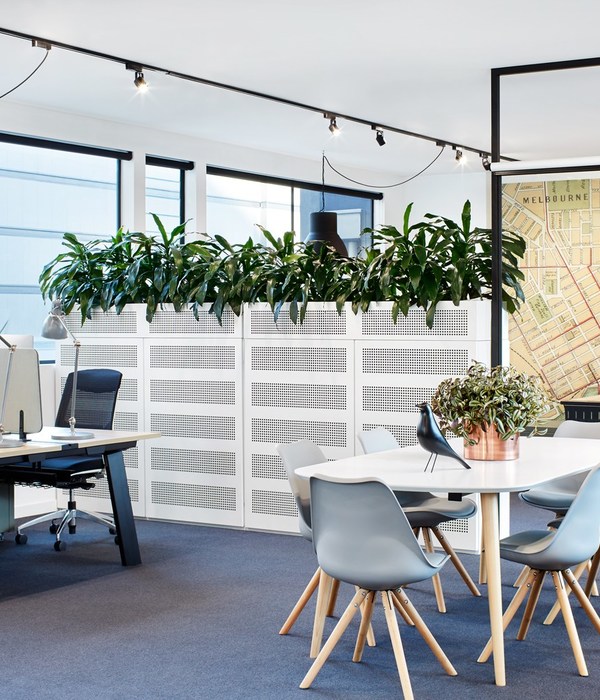NMA is one of ARM’s most inventive and daring buildings. It occupies 11 hectares at the end of Canberra’s Acton Peninsula, on Lake Burley Griffin. The NMA opened in 2001 and we have been involved in works ever since to expand and develop it, and adjust it to changes in usage. In 2013, we completed a new café and new administration wing to unite expanded staff numbers in one location. Our overall design concept for the NMA is a set of jigsaw-puzzle pieces, each with a different stylised appearance and construction type. The administration wing is simply another puzzle piece slotted neatly into the existing building. The exterior is loud and playful, a counter to the quiet, scholarly work that happens inside. The external quarry tiles are glazed in greens, yellows, reds, blacks and oranges that shift from bright to muted, like colours on the heat maps used by archivists and curators to assess the health of precious objects in storage. In autumn, the building is partially camouflaged by the burnt oranges and browns of the turning leaves on nearby trees. The tiles are arranged to form an enormous stretched and pulled QR code. It works: visitors who point their smart phones at the wall are taken to the museum’s website. The new wing houses a central staff breakout area, the directorate, meeting rooms and booths and a foyer. Different business units work in areas defined by the colour of selected furniture and fittings. We also refitted the interior of the existing administration buildings to provide more spaces for informal collaborative work, especially quiet nooks that are cut into the corridor’s walls. Wall, screens and acoustic discs are marked with our distinctive “not cross”, a motif that links several of our projects. The refit recognises changes in the way museum staff work. Our design creates bespoke workplaces that respect privacy, allow for quiet individual work and feed collaboration. Thick but porous “walls” house cloaking rooms, pigeonholes and nooks and also shield staff from corridor traffic. Pale timber poles create subtle, intriguing screens for the directorate’s offices. Pin boards and shelves break up open spaces.
{{item.text_origin}}

